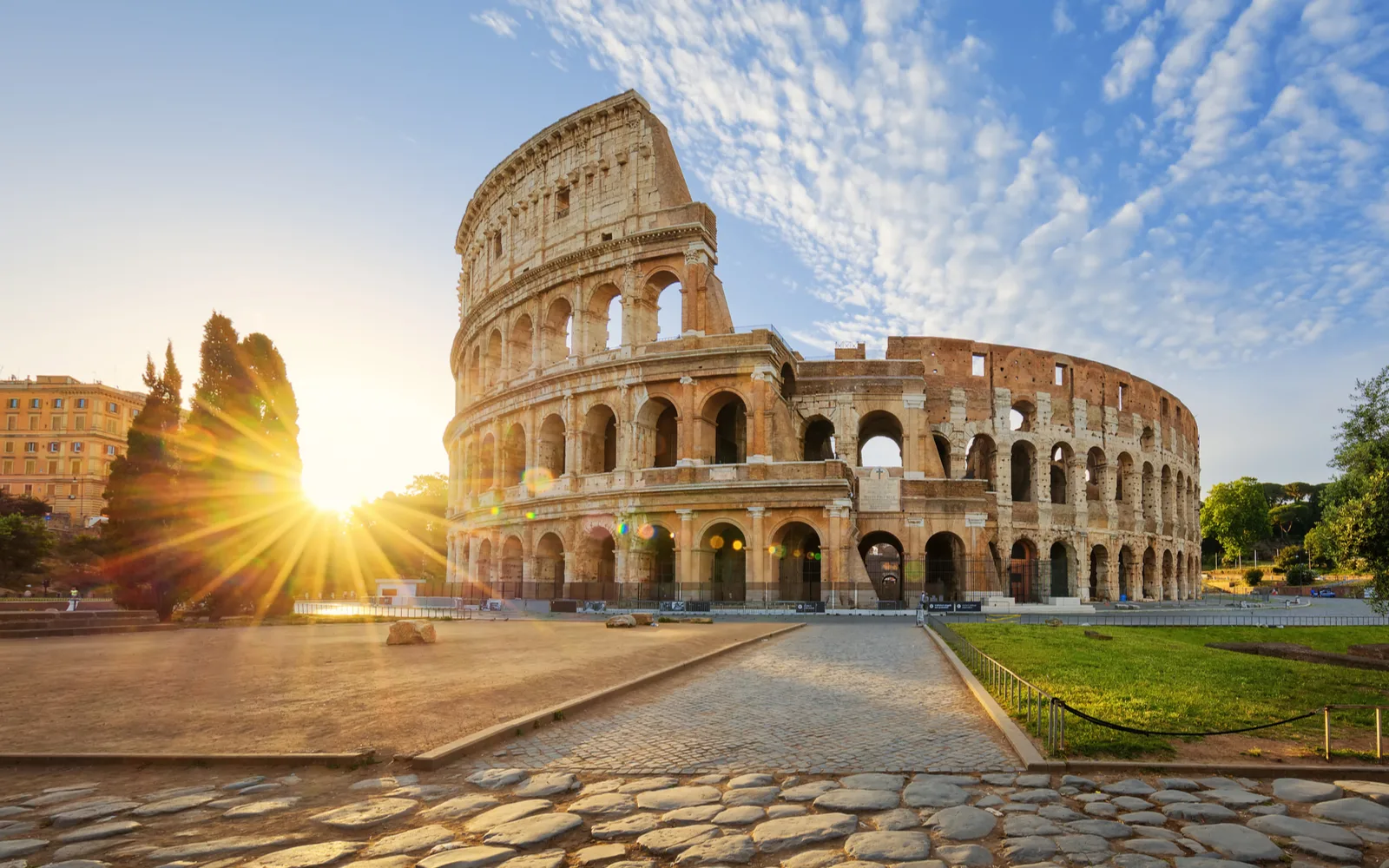What's the best time to visit Rome?
Late spring (April to May) and fall (September to October) are the best times to visit Rome, offering pleasant weather and fewer crowds, except around Easter. With mild temperatures, the city blooms in spring and enjoys warm days into fall. This is when Rome’s major sights extend their hours and the city comes alive with festivals and events, providing a perfect blend of cultural immersion and nice climate.
Beautiful Rome, nicknamed the Eternal City for its long history, is a bucket list travel destination for anyone who loves history, art, and good food, or doesn’t want to miss out on one of the best cities in the world.
Rome was founded thousands of years ago when it was the capital of the Ancient Roman Empire, and you can still see this imperial legacy at the magnificent Colosseum, Roman Forum, and other historic sites.
After the fall of the empire, it became the seat of the Catholic Church, which is why the city is filled with beautiful churches, including the most important one of all, the Vatican. Modern Rome is a city of beautiful fashion, great dining, and leisurely coffee, so be sure to enjoy all of its eras on your trip.
To make the most of Rome, choosing the right time to visit is crucial. We’ll show you this and more below; let us be your guide!
The Overall Best Time to Visit Rome
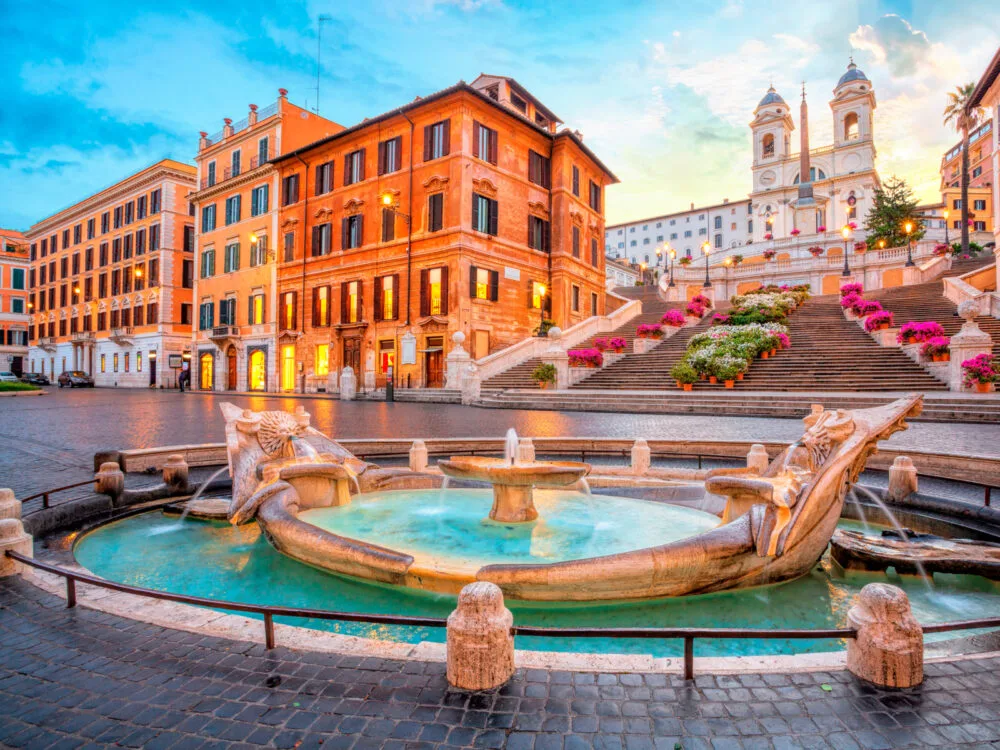
ecstk22/Shutterstock
The best time to visit Rome is in the late spring (April to May) and fall (September to October), when the weather is the most pleasant for exploring.
As with most of Italy, Rome has a Mediterranean climate. That means that its temperatures are mostly mild, although summers can get quite hot. The best weather is in the late spring and early autumn.
Spring temperatures range from about 64 degrees in April to the low 70s in May. Although there is some rain, usually you will see plenty of sunny days as well. The flowers are in bloom, which brighten up the city after a dreary winter.
Spring also marks the beginning of Italy’s tourist season when Easter rolls around. Usually there aren’t big crowds (with the exception of Easter weekend), but this means all tourism-related businesses will be fully open or have longer hours.
For example, the Colosseum opening hours are at their longest starting at the end of March until the end of August. Spring is also home to a number of popular festivals and international events in Rome.
The most famous is definitely Holy Week, the week before Easter, when the Vatican fills up with devotees from around the world. Expect crushing crowds during this time, but the sight is awe-inspiring even if you’re not a believer. Fall in Rome is also a special time.
Given the Mediterranean climate, warm temperatures last well into September and sometimes October, with average high temperatures in the later month hovering around 71 degrees Fahrenheit.
Visit towards the beginning of the season to beat the rains that set in around November. Many locals think fall is the best season to visit.
The tourist crowds are gone, so you’ll barely have to wait in line to enter even popular attractions. It even has a local name, the “Ottobrata Romana,” a reference to an ancient Roman feast honoring the wine harvest.
Today, Romans use it to refer to the dreamy, beautiful atmosphere of their favorite month. A great way to celebrate October in Rome is to linger over a plate of pasta on a trattoria patio or indulge in aperitive.
If you like a bit more action in your vacation, you’re in luck because autumn is home to many popular events, like:
- White Night of Rome, an all-night arts festival (September)
- Taste of Roma (September)
- Rome Film Fest (October)
Cheapest Time to Visit Rome
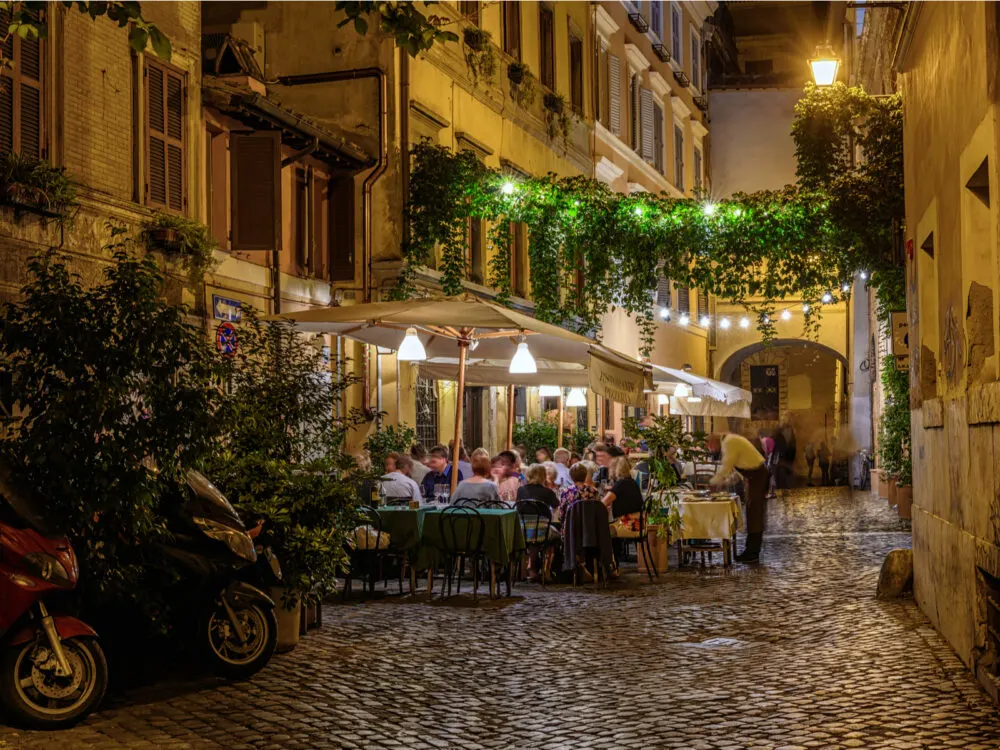
Catarina Belova/Shutterstock
The cheapest time to visit Rome is the winter (except for December), when the city is quieter than usual, and you can get good deals. The winter months of November to March are the closest that Rome gets to a low season.
Besides an influx of visitors around Christmas, the season is relatively quiet. This in turn means that prices are down on travel-associated expenses. The biggest cost of your stay in Rome will be accommodation.
During the high season, many hotels raise their prices to profit off of tourists. During the winter, you can get hotels for a whopping 50% off their peak season rates.
The months of January and February are the best dates for traveling to Rome. Whether you’re flying from North America or elsewhere in Europe, these are the months with the cheapest airfares as airlines try to entice travelers to fly during the post-holiday low period.
Least Busy Time to Visit Rome
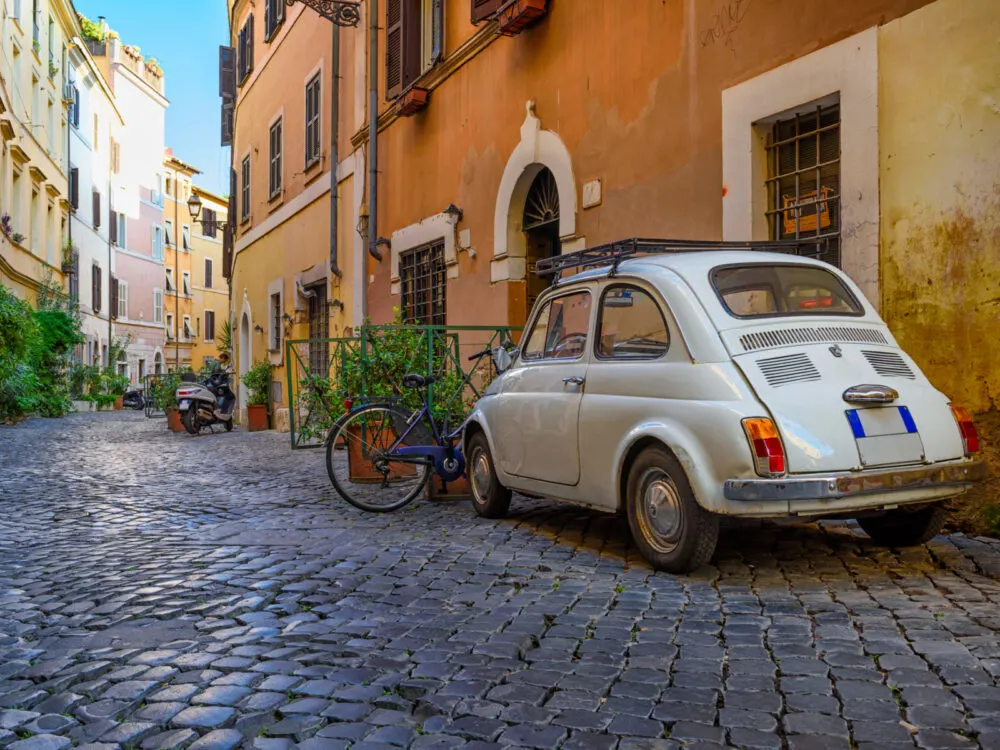
Catarina Belova/Shutterstock
The least busy time to visit Rome is in the winter, from November until February. While some visitors are put off by the bleaker weather, others enjoy visiting when there are far fewer crowds.
While Rome’s winter is nowhere near as bad as in Northern Europe, it’s a misconception that the city doesn’t get cold just because it’s close to the Mediterranean.
Winter temperatures hover around 55 degrees Fahrenheit but may feel colder on a windy day. November and December are also the rainiest months of the year, so bring an umbrella (January and February are drier, but the skies are still grey).
Once you realize the lack of lines at famous attractions, you won’t even mind the chillier weather. This is a great time to visit to be alone with the art in the Galleria Borghese and other popular museums.
You’ll be able to enjoy leisurely meals even in popular restaurants without feeling like the waiters are rushing you to get other diners in, and more personal attention in Rome’s many shops.
The only exception is around Christmas time, when Rome fills up with Catholic devotees hoping to attend mass at the Vatican and more secular visitors looking to see Rome in all of its splendor.
Christmas markets and decorations pop up at this time, but so do tourist crowds. Luckily, there are tricks to avoiding the crowds even around Christmas. Many Christmas markets and events start in late November.
For a quintessential Italian holiday celebration, visit in early January for Festa della Befana, a holiday celebrating the legend of a witch who brings trinkets to children around Christmas. Expect gatherings in most of Rome’s squares, with costumed witches and free candy for kids.
Worst Time to Go to Rome
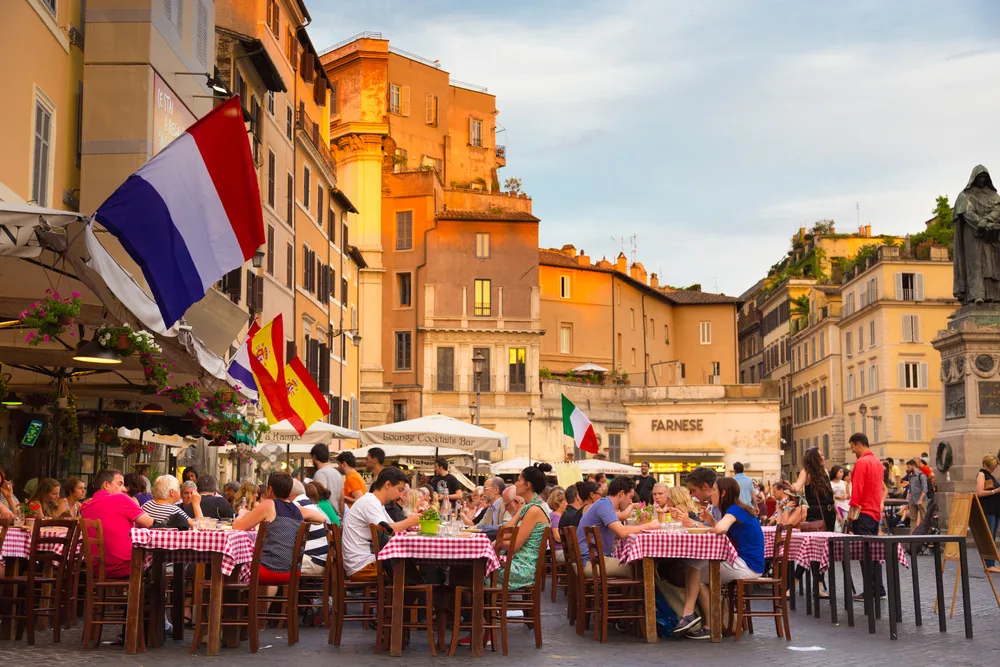
ROME, ITALY – JUNE 13 2014: People having aperitif which in Italy traditionally includes free all you can eat buffet of pizzas and pastas, on JUNE 13 2014 on Piazza Campo De Fiori in Rome in Italy/Matej Kastelic/Shutterstock
The worst time to go to Rome is in the summer, when high heat and high tourist crowds combine to make the city unbearable. Rome in the summer turns into a hot, sticky mess.
Although average high temperatures are around 86 degrees during this season, the strong sun and mostly concrete city combine to make it feel even hotter. Sure, this is the sunniest season, but you may regret that when you get sunburnt standing in line for the Colosseum.
Make no mistake, you will be standing in line to get into popular attractions. Over one million people visit Italy every summer month annually, and many of those people stop in Rome.
Expect long lines to get into attractions, reservations to be scarce, and prices to be high for hotels and tours. There is one other problem to contend with — the Ferragosto. Since the days of Ancient Rome, Italians get time off around August 15th.
Business owners don’t care that tourists are also on vacation, so expect many shops and restaurants to be closed in the month of August.
Visiting Rome in the summer isn’t all doom and gloom. Take this time to step away from popular tourist attractions and discover residential neighborhoods, which come alive in the evenings as people go for a stroll or aperitivo.
There are also plenty of events such as the Estate Romana, which runs all season long and features film screenings, concerts, and more, mostly for free.
Rome by Month: Climate & Activities
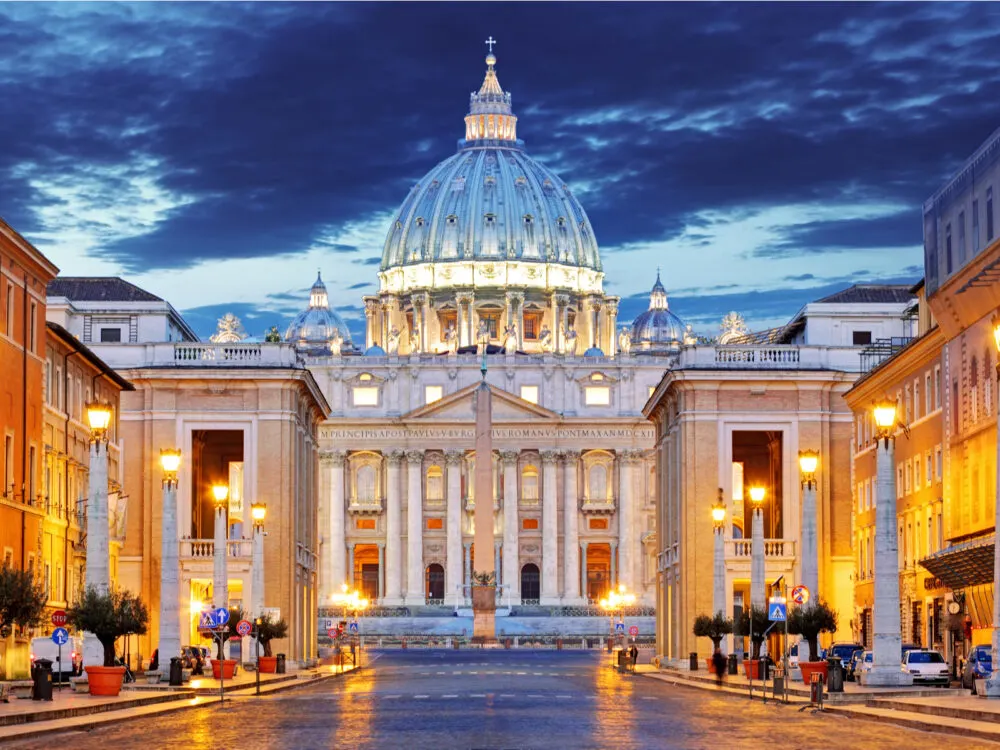
TTstudio/Shutterstock
Still unsure about the best time to visit Seattle? Take a look at our summary of the weather and climate by month below:
January
January in Rome, with temperatures ranging from 37 to 55°F (3 to 13°C), offers a quieter experience. It’s perfect for visiting iconic sites like the Colosseum and the Vatican Museums without the crowds, and enjoying the city’s hearty cuisine in cozy trattorias.
February
February continues with cool weather, ideal for exploring the Roman Forum and Palatine Hill, strolling through the historic city center, and celebrating Carnevale with its festive events and traditional sweets.
March
As spring begins, March brings temperatures from 42 to 60°F (6 to 16°C). Enjoy walking tours of the city’s ancient landmarks, visit the blooming gardens at Villa Borghese, and experience the vibrant atmosphere of the Roman street markets.
April
April’s mild weather, with temperatures between 48 to 66°F (9 to 19°C), is perfect for outdoor dining in Rome’s picturesque piazzas, exploring the city’s many outdoor archaeological sites, and attending the Easter celebrations.
May
May brings warmer days, from 55 to 73°F (13 to 23°C), ideal for day trips to nearby destinations like Tivoli’s Villa d’Este, enjoying Rome’s rose gardens, and exploring the charming neighborhood of Trastevere.
June
June, welcoming summer with temperatures between 63 to 81°F (17 to 27°C), offers perfect conditions for visiting the seaside town of Ostia Antica, exploring the vibrant Testaccio market, and enjoying Rome’s nightlife.
July
July’s warmth, ranging from 68 to 88°F (20 to 31°C), is all about experiencing Rome’s summer festivals and concerts, taking early morning or evening walks to avoid the heat, and enjoying gelato in the city’s historic gelaterias.
August
In August, with temperatures of 69 to 89°F (21 to 32°C), explore the catacombs and ancient aqueducts for a respite from the heat, visit the Castel Sant’Angelo at night, and enjoy Rome’s quieter side as many locals go on vacation.
September
Welcoming fall, September, with temperatures from 61 to 81°F (16 to 27°C), is perfect for attending cultural events and exhibitions, exploring the outdoor markets like Campo de’ Fiori, and visiting the Appian Way for a historic walk.
October
October’s cooler days, from 54 to 72°F (12 to 22°C), are ideal for exploring Rome’s architectural wonders like the Pantheon, enjoying the city’s food festivals, and taking part in the autumn grape harvest activities in the countryside.
November
November, as the air turns crisper, temperatures from 46 to 62°F (8 to 17°C), is a great time for visiting Rome’s museums and galleries, exploring indoor attractions like the Capitoline Museums, and enjoying the city’s vibrant café culture.
December
December brings festive cheer, with temperatures ranging from 37 to 55°F (3 to 13°C). Celebrate the Christmas season with Rome’s beautiful decorations and markets, visit the Vatican for its Christmas Eve Mass, and ring in the New Year at the Piazza del Popolo.
Frequently Asked Questions
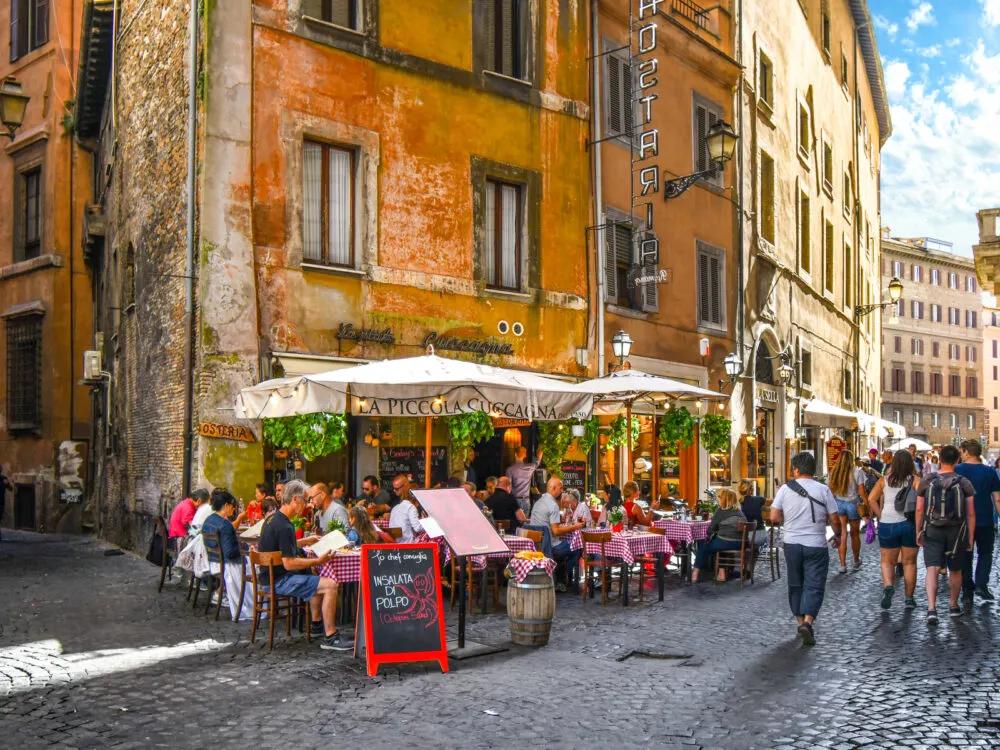
Kirk Fisher/Shutterstock
Here are some of the most common questions that people ask about visiting Rome:
What’s the best month to go to Rome?
The best month to go to Rome is May, when the summer events calendar has started up but the worst of the summer crowds aren’t here yet.
What is the ideal time to spend in Rome?
You should spend at least four days in Rome because there are too many things to see to make your trip any shorter.
What is the rainiest month in Rome?
November is the rainiest month in Rome, followed closely by December and October.
Is there an off-season in Rome?
Rome’s off-season is from November to early April, with an increase in visitors around Christmas.
What is the cheapest month in Rome?
January and February are the cheapest months in Rome. After the holiday period is over, you can find steep discounts on hotels, flights, and more.
So, What’s the Best Time to Visit Rome?
Spring (April to May) and fall (September to October) are the best times to visit Rome for a combination of pleasant weather and fewer crowds. To really beat the crowds, visit in January and February when it will be just you and the locals.
So, with so much to see and do and plenty of amazing times to visit, what are you waiting for — book your trip today and experience for yourself all that Rome has to offer. Happy travels!



